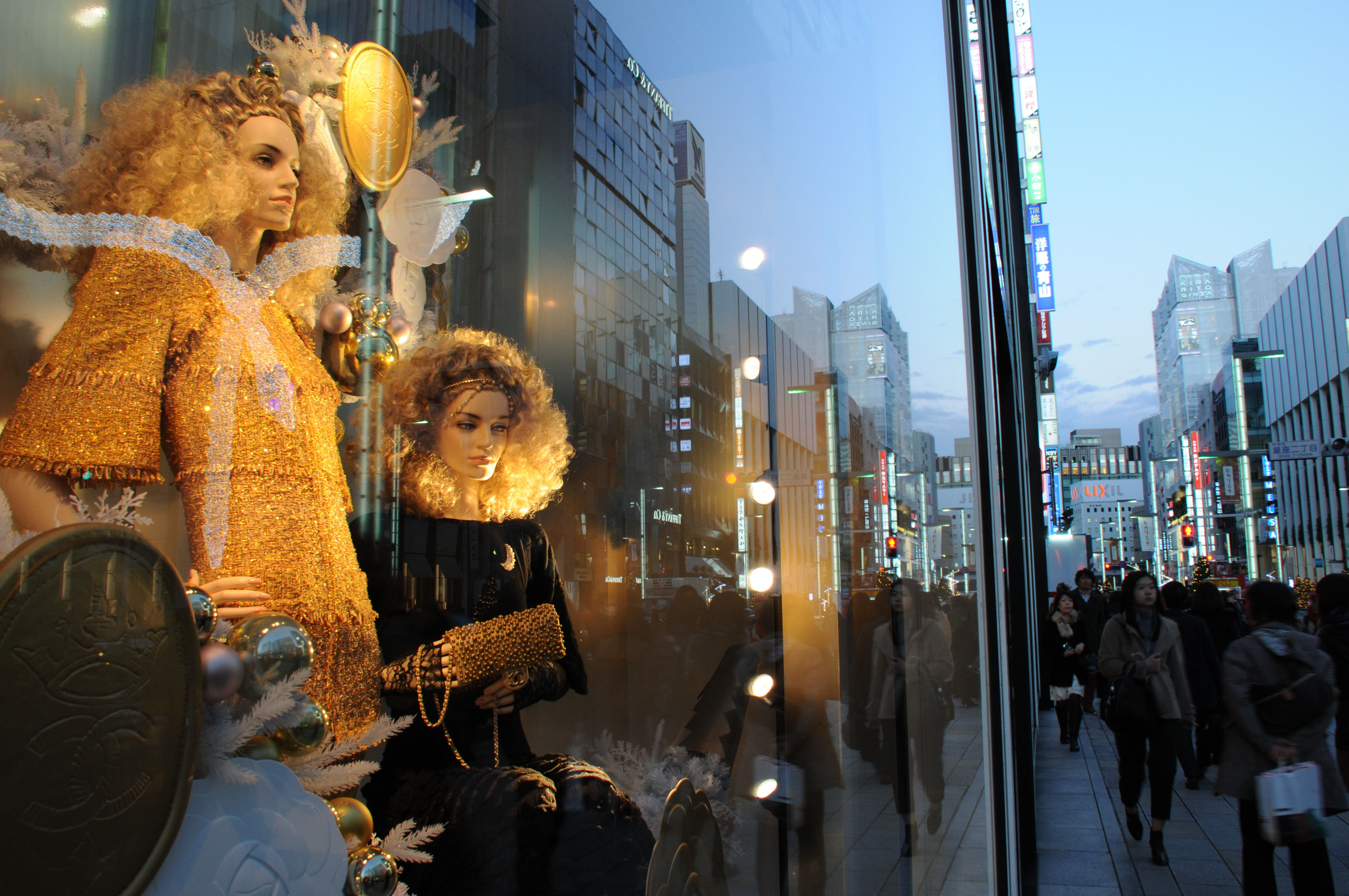Ginza, Tokyo's posh shopping and entertainment district, has delighted visitors for over a century with high-end shops selling everything from jewelry and clothing to sweets and stationery.
But the Ginza area was once part of the sea. Reclaimed during the Edo Period (1603-1867) as part of the shogunate's plan to develop the area, the district takes its name from "gin," meaning silver, and "za," for office, after a mint was set up there in 1612.




